What 2020 New Home Construction Could Tell Us About the 2021 Remodeling Season

Key Takeaways
- New home construction took a hit in April, with starts falling 30%.
- New home permits and new home starts lead new home completions by 6-12 months, which will potentially boost remodeling in 2021 as home prices are bid up due to a reduction in new post-COVID dwellings entering the market.
- The supply shortage of new homes entering the market could serve as a tailwind to raise remodeling above where it otherwise would be, because of the otherwise now higher cost of purchasing a new or existing home, and because of increased homeowner equity.
- Additionally, homeowners are getting more use out of each dollar they spend on their homes because of both the added time spent at home and the added functionality they require of their spaces.
Covid-19 has impacted every part of the economy and new home construction is no exception.
April annual rates tracking the new home construction process fell across the board, with new home completions dropping to 1.2M, new home permits dropping to 1.1M, and new home starts dropping to 891K. These numbers mean month-over-month decreases of 8%, 20%, and 30% respectively, which track the underlying nature of each one of these discrete parts of home construction, and their sensitivity to a big economic shock like a global pandemic.

For example with a home already permitted and nearing completion, there’s little incentive for a builder not to wrap–up completion of the home; so as a result, completions were more modestly impacted.
Permits were hit harder but are still a lengthy process that requires less upfront coordination and devotion of capital, payroll, and building materials, so they were spared the worst impact.
The hardest hit component of new home construction in April was the start of construction (which tracks the home-building process after permitting but before completion). Since new home starts require a builder to dedicate significant resources to a 6-12 months process, it makes sense this was the hardest hit given the economic uncertainty, and potential impact of social distancing and state stay at home order.
And while the underlying aspects of each of these metrics helps explain the relative magnitude of the drops in each, they can also serve a second function: helping explain what the remodeling market will look like in 2021.
While some sectors have already started to see recovery, home construction does not lend itself to rapid swings. The fixed nature of permitting times and construction times means there is a lagged impact of 6-12 months of declines that is hard to avoid or make up for in lost time.

For example, permitting dropped 20% from March, which means we can expect a similar drop in new home completions 6-12 months from now.
Furthermore, local government permitting may not recover particularly quickly. Municipalities typically have a fixed process and bureaucracies are not typically inclined towards rapid change in longstanding rules; furthermore, many levels of government have also had to undertake mandatory furloughs, layoffs, and shifting of staff away from core priorities in order to address more pressing COVID-19 related tasks.
Similarly, home construction is a process that’s difficult to speed up and the drop means there’s going to be a shortage as we enter the 2021 peak home-buying season. The shortage in new supply is likely going to drive up the cost of new homes – which are already at a cost premium over existing homes – and because of this shortage, the price of new homes will probably be bid higher than they would in absence of the hit to new construction this year.
These shocks will potentially act as a tailwind to the remodeling market for three reasons:
- The shortage of new homes will bid up the price for both new and existing homes, potentially discouraging some people from moving, preferring to instead renovate and stay where they are.
- Higher median prices of all homes will encourage some people to look for older homes that are more in need of remodeling, but at a lower price point.
- Higher prices across the board will boost the equity of current homeowners, which many people choose to use in order to finance a remodel.
These three impacts could combine with the added utility homeowners are also getting out of their homes as a result of a) spending more time there, and b) requiring their homes to do more for them in terms of acting as their gym, office, and restaurant.
It is important however to note that these are potential tailwinds; that does not guarantee remodeling will increase from where it is now, but more precisely that it could be improved from where it otherwise would be as a result of the shock from the pandemic.
Takeaways:
The big drop in new home permits, starts, and completions is likely to be temporary, with recovery potentially already underway in May and June.
However, the lagged nature of the activities and the fixed nature of their time to complete will likely result in a supply shortage in the 2021 home buying season.
This could serve to boost remodeling activity in 2021 as the shortage of new homes drives up the price of existing homes, increases the attractiveness of fixer uppers for people who buy existing homes, and increases home equity that can be tapped into for those not moving at all.

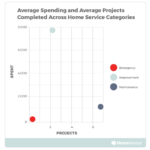
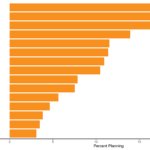

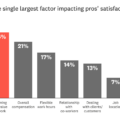
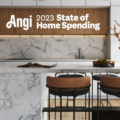
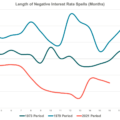
 Press & Media Inquiries
Press & Media Inquiries Angi Economics
Angi Economics